Home>Garage Storage>How To Build Garage Shelves
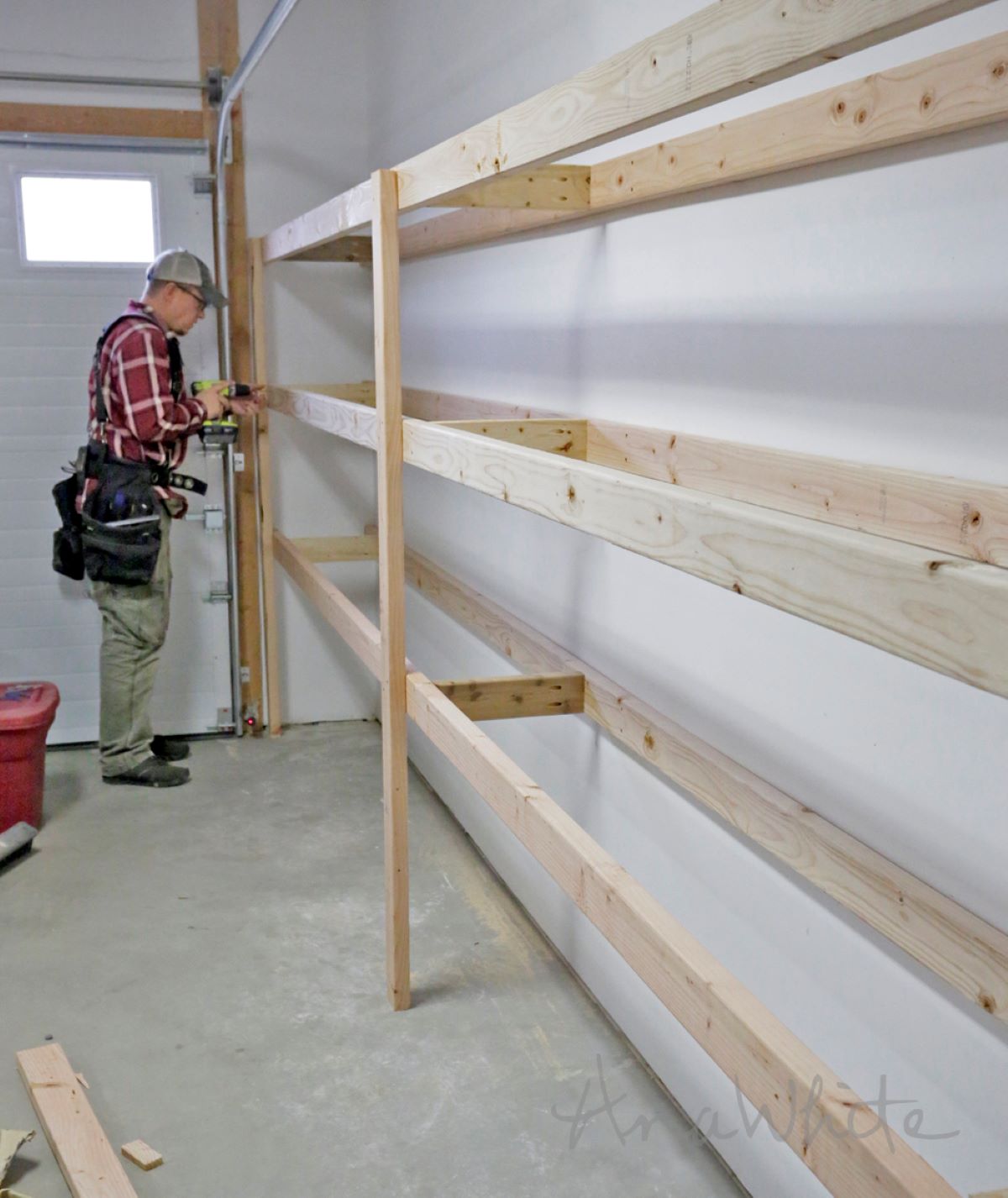

Garage Storage
How To Build Garage Shelves
Modified: February 29, 2024
Learn how to build sturdy and functional garage shelves for efficient garage storage. Get step-by-step instructions and expert tips for maximizing space.
(Many of the links in this article redirect to a specific reviewed product. Your purchase of these products through affiliate links helps to generate commission for Storables.com, at no extra cost. Learn more)
Introduction
Welcome to the ultimate guide on how to build garage shelves! If you’re tired of your garage being a cluttered mess with no space to walk or park your car, then you’ve come to the right place. Building shelves in your garage is a fantastic solution to reclaiming valuable floor space and organizing all of your belongings.
Garage shelves not only provide extra storage, but they also help maximize the efficiency of your garage. Whether you want to store tools, sporting equipment, gardening supplies, or holiday decorations, having sturdy and well-organized shelves can make all the difference.
In this step-by-step guide, we’ll walk you through the process of building custom garage shelves that will meet your specific needs. Whether you’re a seasoned DIY enthusiast or a beginner, we’ve got you covered. So, let’s roll up our sleeves and transform your garage into an organized and functional space!
Key Takeaways:
- Transform your cluttered garage into an organized oasis by following our step-by-step guide to building custom garage shelves. Maximize space, reclaim functionality, and enjoy the satisfaction of a DIY project well-done!
- From planning and measuring to adding finishing touches, our comprehensive guide empowers you to create sturdy, reliable garage shelves. Say goodbye to clutter and hello to an efficiently organized garage space!
Step 1: Planning and Measuring
Before diving into the construction process, it’s essential to start with proper planning and accurate measurements. This step will ensure that your garage shelves fit perfectly in the available space and meet your storage requirements.
Begin by assessing your garage and determining where you want to install the shelves. Consider factors such as the height of the shelves, the distance between each shelf, and the overall size of the unit. Take into account any obstacles like pipes, outlets, or windows that may affect the placement of the shelves.
Next, measure the dimensions of the area where the shelves will be installed. Measure the width, height, and depth of the space, and note down the measurements. It’s crucial to be precise to avoid any issues during the construction process.
Once you have the measurements, it’s time to decide on the design and configuration of your garage shelves. Will you be building a freestanding unit or attaching it to the wall? Do you prefer open shelves or ones with doors for a cleaner look? Consider your storage needs and personal preferences.
With the design and measurements in hand, it’s a good idea to sketch out a rough plan or create a digital representation using design software. This will give you a visual representation of how the shelves will look and help you identify any potential design flaws or adjustments that need to be made.
Lastly, make a detailed list of the materials you’ll need for the project. This can include lumber, screws, brackets, paint or stain, and any other necessary hardware. Having a comprehensive list will ensure you have everything you need before starting the construction process, saving you time and potential delays.
Once you’ve completed the planning and measuring step, you’ll be well-prepared to move on to the next stage: gathering materials and tools.
Step 2: Gathering Materials and Tools
Now that you have a well-planned design for your garage shelves, it’s time to gather all the necessary materials and tools. Having everything prepared beforehand will make the construction process much smoother and more efficient.
Here’s a list of materials and tools you’ll likely need:
- Lumber: Choose a type of wood that suits your preference and budget. Common options include pine, plywood, or MDF. Ensure that the lumber is sturdy enough to support the weight of your items.
- Screws or nails: Select the appropriate size and type of screws or nails depending on the thickness of the lumber you’re using. Make sure to purchase enough to secure the shelves properly.
- Brackets or shelf supports: If you prefer extra support for your shelves, consider using brackets or shelf supports. These can be adjustable or fixed, depending on your needs.
- Wood glue: Using wood glue can provide additional stability and strength to your shelves. Opt for a high-quality wood glue that’s suitable for your chosen type of wood.
- Saw: A saw will be essential for cutting the lumber to the desired lengths. A circular saw or miter saw is ideal for making clean and precise cuts.
- Drill: A drill will be used for making pilot holes and securing the screws or nails. Ensure that you have the appropriate drill bits for your selected screws or nails.
- Measuring tape: Accurate measurements are crucial throughout the construction process, so make sure you have a reliable measuring tape on hand.
- Safety equipment: Don’t forget to prioritize safety. Invest in protective gear, such as safety glasses, gloves, and a dust mask.
Before starting the construction, double-check your materials and tools to ensure you have everything you need. It’s better to be fully prepared than to encounter delays or interruptions during the process.
With all the necessary materials and tools gathered, you’re now ready to move on to the next step of preparing the space for your garage shelves.
Step 3: Preparing the Space
Now that you have everything you need, it’s time to prepare the space in your garage where the shelves will be installed. Properly preparing the area will ensure a smooth and successful construction process.
Start by clearing out any items or clutter in the designated space. Remove any objects that may obstruct the installation of the shelves or make it difficult to work in the area. This includes moving vehicles, tools, storage bins, or any other items that are in the way.
Next, thoroughly clean the area to create a clean and dust-free surface for your shelves. Sweep the floor, remove any cobwebs or debris, and wipe down the walls if necessary. A clean work environment will make the construction process more enjoyable and help maintain the longevity of your shelves.
If the walls in the designated space are not in good condition, consider giving them a fresh coat of paint. This not only enhances the overall appearance of your garage but also provides an extra layer of protection for the walls and your shelves in the long run.
At this stage, it’s also important to locate and mark the studs in the wall if you’re planning on attaching your shelves to the wall. Using a stud finder, locate the vertical beams or studs behind the drywall. Mark their position on the wall using a pencil or tape, as this is where you’ll anchor the shelves securely.
Lastly, make sure the floor is level and even. If the floor is uneven, you may need to use shims or other leveling methods to ensure a stable base for your shelves. A level floor will prevent any wobbling or instability once the shelves are installed.
With the space cleared, cleaned, and prepared, you’re now ready to start building the frame for your garage shelves. This is the foundation that will support the weight of the shelves and all your stored items.
Step 4: Building the Frame
With the space prepared, it’s time to start constructing the frame for your garage shelves. The frame will provide the structure and support for the shelves and ensure they are sturdy and secure.
Start by measuring and marking the desired height for your shelves on the wall. Use a level to make sure the marks are straight and even. Then, using a stud finder, locate the studs along the wall and mark their positions.
Next, cut the vertical support pieces of lumber to the appropriate height, accounting for the thickness of the shelf material. These vertical supports will be attached to the wall and serve as the main pillars for your shelves.
Using a drill and appropriate screws, secure the vertical supports to the wall, making sure they are level and aligned with the marks you made. It’s crucial to anchor them firmly into the studs for maximum stability. If you’re not attaching the shelves to the wall, you can skip this step and proceed to the next.
Once you have the vertical supports in place, it’s time to add the horizontal pieces that will connect them and form the frame of the shelves. Cut the horizontal boards to the desired length and attach them to the vertical supports using screws or nails.
If you’re building a freestanding shelf unit, you’ll need to construct additional vertical supports for the sides and back of the shelves. These supports can be cut to the same height as the front vertical supports and installed at regular intervals to provide stability.
Make sure to use a level throughout the process to ensure all the components are straight and level. Uneven or crooked shelves can compromise their stability and functionality.
With the frame built and securely in place, you’re ready to move on to the next step: adding the shelves themselves.
Note: When using tools and working with lumber, always follow safety precautions and use protective gear such as safety glasses and gloves. If you’re uncertain about using power tools, consider seeking assistance from a professional.
When building garage shelves, make sure to use sturdy materials such as plywood or steel for the shelves and wall brackets. This will ensure that the shelves can support heavy items without sagging or breaking.
Read more: DIY Wood Garage Shelves: How To Build One
Step 5: Adding the Shelves
Now that the frame is in place, it’s time to add the shelves to your garage storage unit. The shelves will provide the surface area for organizing and storing your belongings, making them easily accessible and maximizing the use of your available space.
Start by measuring the dimensions of the shelves you’ll be adding. Take into account the width, depth, and desired spacing between shelves. Cut your shelf material, such as plywood or lumber, to the appropriate measurements using a saw.
Next, place the first shelf onto the frame, ensuring that it sits securely and is level. You may choose to attach the shelf to the frame with screws or use brackets for added support. If using brackets, position them underneath the shelf and secure them to both the shelf and the frame with screws.
Continue adding the remaining shelves one by one, using the same installation method. Ensure that each shelf is level and evenly spaced. Take the time to regularly check the levelness and adjust if necessary to maintain a sturdy and visually pleasing storage unit.
If you prefer adjustable shelves, you can consider using shelf supports or adjustable brackets. These allow you to easily move or remove shelves as needed to accommodate items of different heights or sizes.
Once all the shelves are in place, step back and assess the overall appearance and functionality of your garage storage unit. Make any necessary adjustments or fine-tune the arrangement of the shelves to best suit your storage needs.
Remember to take into consideration any clearance requirements for the items you’ll be storing on the shelves. Leave enough space between shelves to accommodate taller items or to allow for easy access and retrieval.
With the shelves securely in place, you’re now ready to move on to the next step of securing the shelves to ensure maximum stability.
Note: Make sure to follow safety precautions when handling tools and securing the shelves. Always use proper safety equipment and seek assistance if you’re unsure about using power tools.
Step 6: Securing the Shelves
Once you’ve added the shelves to your garage storage unit, it’s important to take the necessary steps to ensure that they are securely fastened. Properly securing the shelves will prevent any wobbling, shifting, or potential accidents, providing you with peace of mind and a safe storage solution.
One method of securing the shelves is to add additional support underneath each shelf. This can be done by attaching wooden support brackets or metal L-brackets to the underside of the shelves. Position the brackets evenly along the length of the shelves and secure them with screws or nails.
If you’re using adjustable shelf supports, make sure they are tightened and firmly in place to prevent any unwanted movement. Double-check that all brackets and supports are properly aligned and flush with the shelves to maintain stability.
Another option for securing the shelves is to attach them to the vertical supports or the wall using screws or nails. If your shelves are freestanding, consider adding braces or corner brackets to reinforce the stability of the unit.
Before securing the shelves, make sure to check for any potential hazards or obstructions behind the walls. Use caution when drilling or attaching screws to avoid damaging electrical wires or water pipes. If you’re uncertain, consult a professional to ensure a safe and proper installation.
As a final step, give the entire storage unit a thorough inspection. Test each shelf for stability by applying pressure and making sure they can withstand the weight of your items. Adjust any loose screws or brackets and tighten them as needed.
It’s recommended to periodically check the security of the shelves over time, especially if heavy items are placed on them or if the garage experiences temperature or humidity fluctuations. Regular maintenance and tightening of fasteners will prevent any potential issues and keep your shelves in optimal condition.
With the shelves securely in place, you’re ready to move on to the final step: adding the finishing touches to your garage storage unit.
Note: Safety should always be a priority. Use caution when securing the shelves and follow safety guidelines when using tools and fasteners.
Step 7: Finishing Touches
Congratulations! You’re almost done with building your garage shelves. Now it’s time to add those finishing touches that will not only enhance the appearance of your storage unit but also provide additional functionality.
One way to add a polished look to your shelves is to sand the surfaces. Sanding will smooth out any rough edges or imperfections in the wood, giving your shelves a professional and refined finish. Use sandpaper or a sanding block to achieve a smooth texture on all visible surfaces.
If desired, you can also apply a protective finish to the shelves. This will not only enhance the appearance but also provide added durability and resistance to wear and tear. Consider using a coat of paint, stain, or clear varnish that complements your garage’s aesthetic and protects the wood from moisture and damage.
While the shelves are drying, take the opportunity to organize your belongings. Group similar items together and utilize storage containers, bins, or labeled boxes to keep everything in order. This will make it easier to find what you need and maintain a clutter-free garage.
Consider adding additional organizational elements such as hooks, pegboards, or hanging systems to maximize the storage space. These can be used for hanging tools, extension cords, or other items that are easily accessible and off the ground.
Lastly, step back and admire your handiwork. Take pride in creating a functional, organized, and visually appealing storage solution for your garage. Not only will it make your space more efficient, but it will also inspire you to keep it well-maintained and utilize it to its full potential.
Remember to regularly clean and maintain your garage shelves. Dust them off and wipe them down periodically to keep them looking their best. Remove any items that are no longer needed or in use to maintain a clutter-free environment.
By following these steps and adding those final touches, your custom garage shelves will be ready to serve you for years to come!
Note: Take care when using finishing materials and follow the manufacturer’s instructions. Ensure proper ventilation and wear appropriate protective gear.
Conclusion
Congratulations on successfully building your garage shelves! You’ve transformed your cluttered garage into a well-organized and efficient space that can accommodate all of your storage needs. By following the step-by-step guide outlined in this article, you’ve created a customized storage solution that suits your specific requirements.
Building garage shelves not only provides extra storage, but it also maximizes the functionality of your garage. By utilizing the vertical space and keeping your belongings off the floor, you’ve created an open area that allows for easy navigation and even parking your car.
Remember, proper planning and accurate measurements were essential in the construction process. By taking the time to measure your space, plan the design, and gather the necessary materials and tools, you set yourself up for success.
During the construction process, attention to detail and a focus on safety were paramount. From preparing the space to building the frame, adding the shelves, and securing them, each step contributed to creating a sturdy and reliable storage unit.
With the finishing touches and organizational elements in place, your garage shelves are ready to serve you well. Remember to maintain and periodically inspect your shelves to ensure their stability and longevity.
Now that your garage is organized, you’ll be able to easily access your tools, sporting equipment, gardening supplies, and other items whenever you need them. No more digging through piles of clutter or wasting time searching for misplaced belongings.
We hope this comprehensive guide has empowered you to build your own garage shelves and optimize your storage space. Enjoy the benefits of an organized garage, and relish in the satisfaction of a DIY project well-done.
Thank you for taking the time to read our guide, and best of luck with your newly built garage shelves!
Frequently Asked Questions about How To Build Garage Shelves
Was this page helpful?
At Storables.com, we guarantee accurate and reliable information. Our content, validated by Expert Board Contributors, is crafted following stringent Editorial Policies. We're committed to providing you with well-researched, expert-backed insights for all your informational needs.
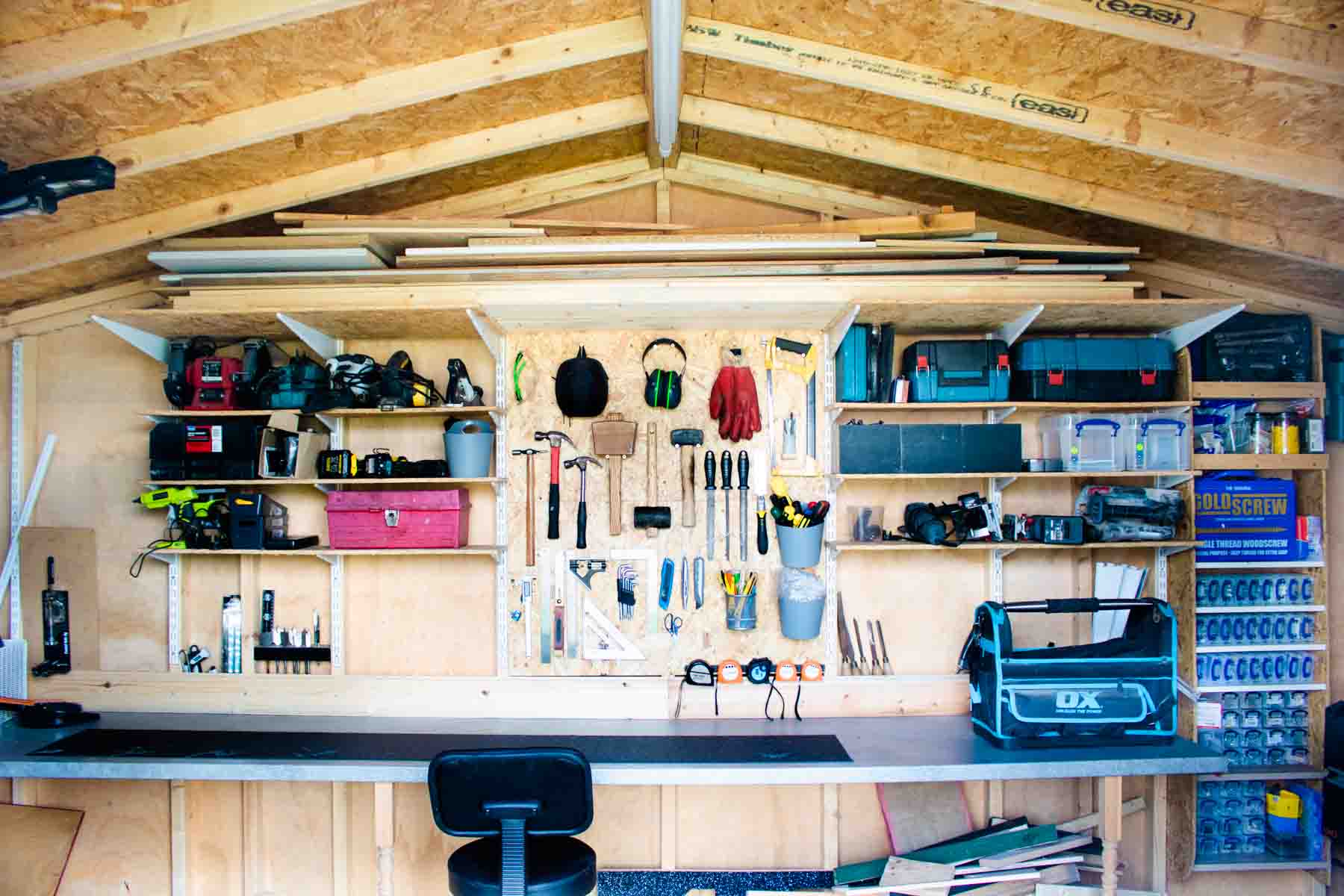
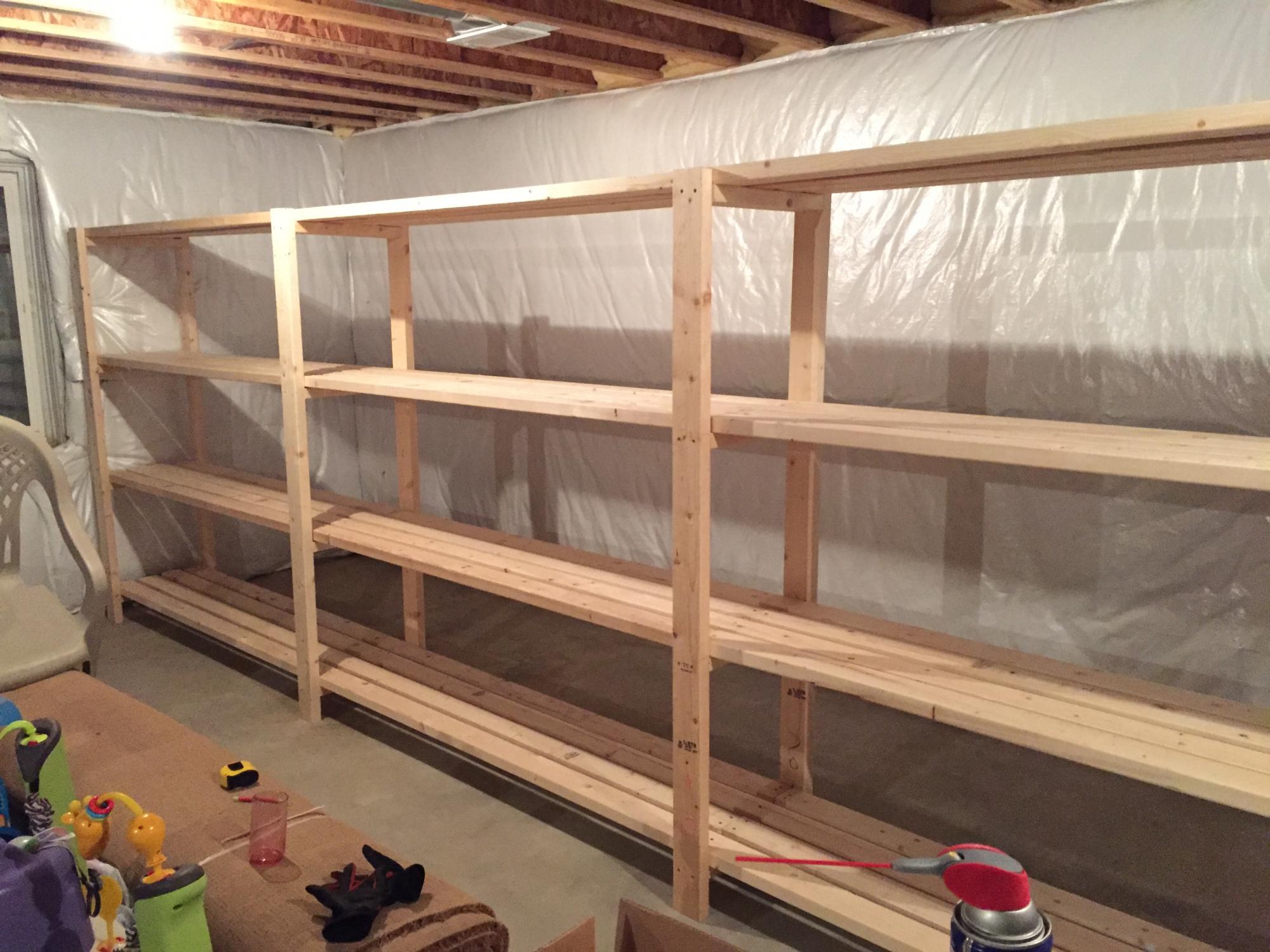
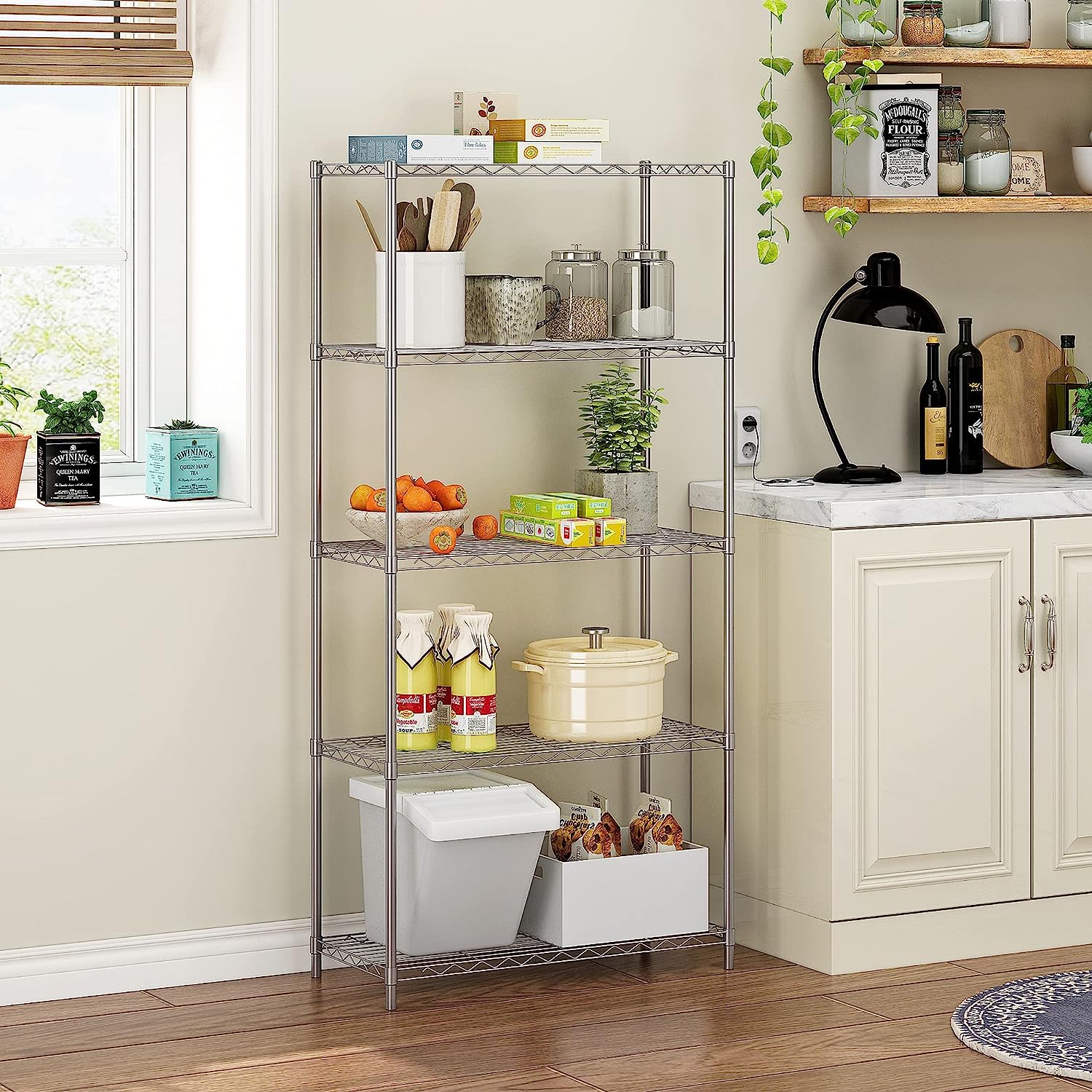
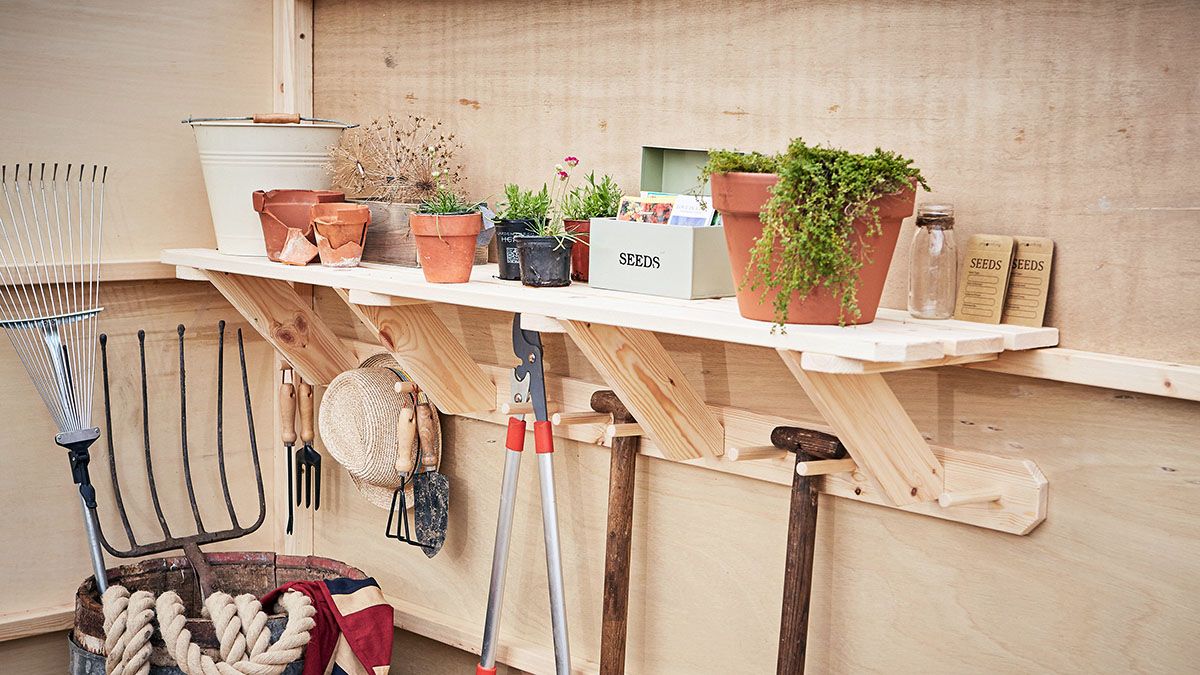
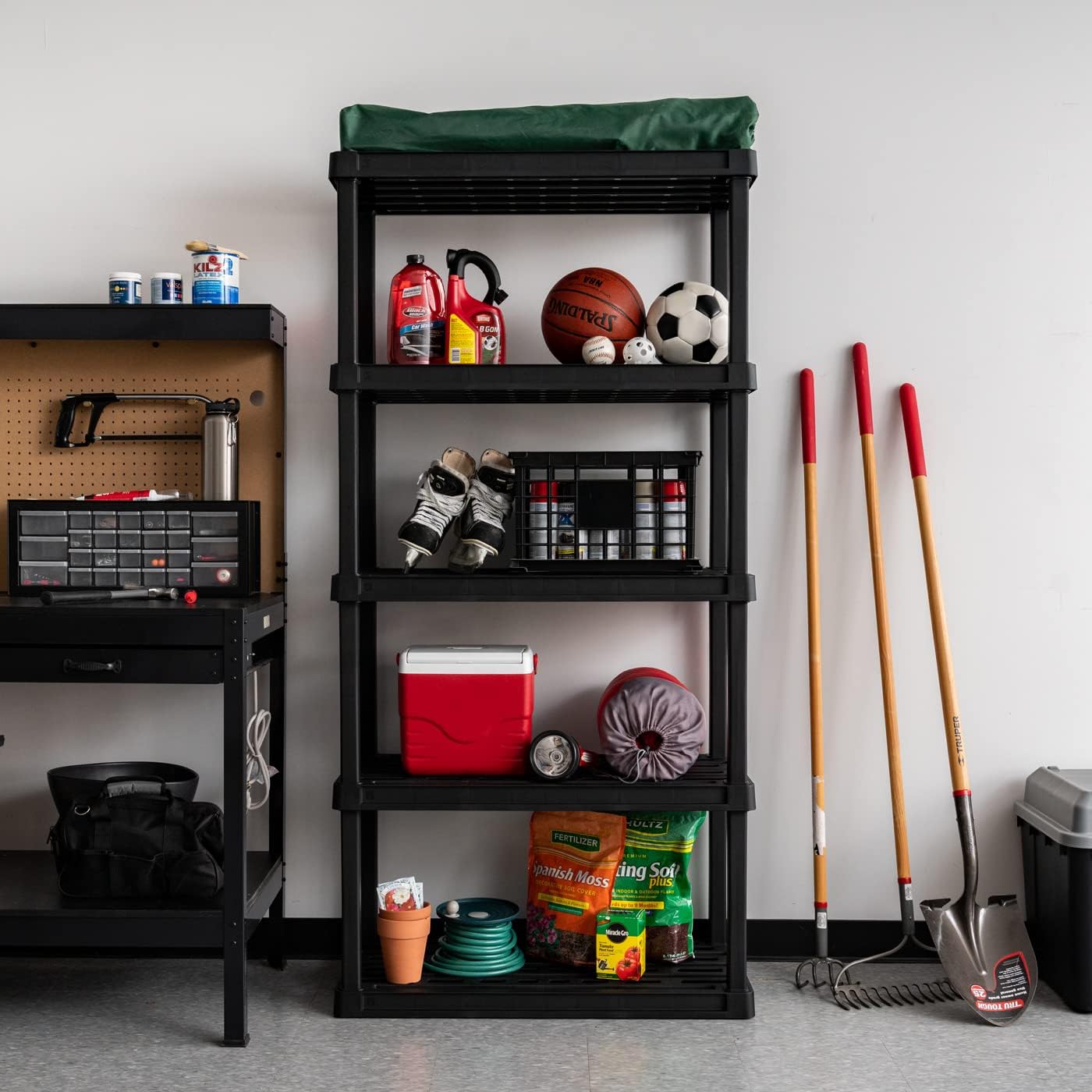
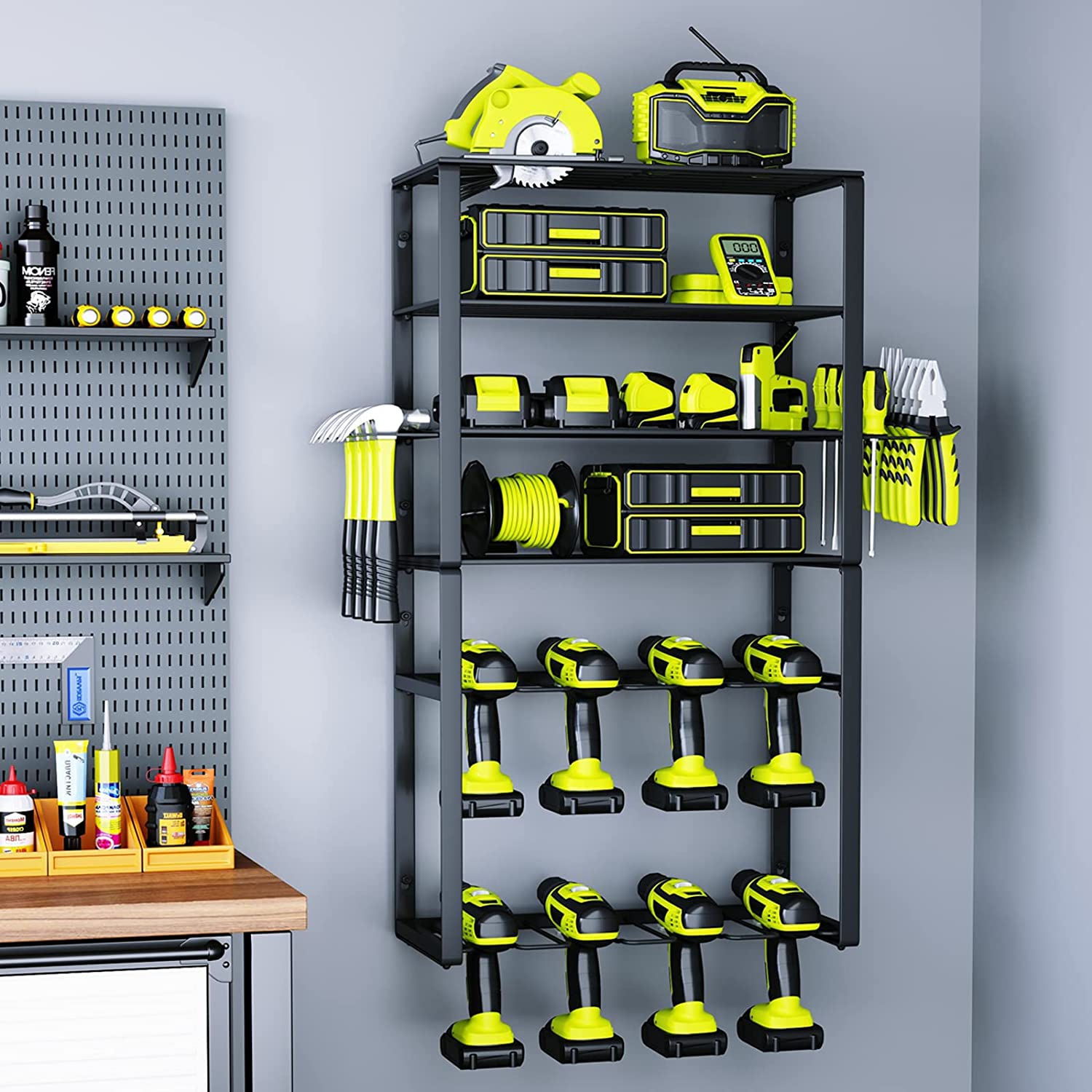
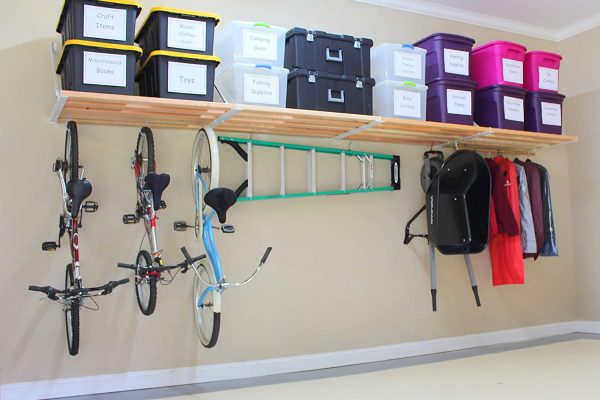

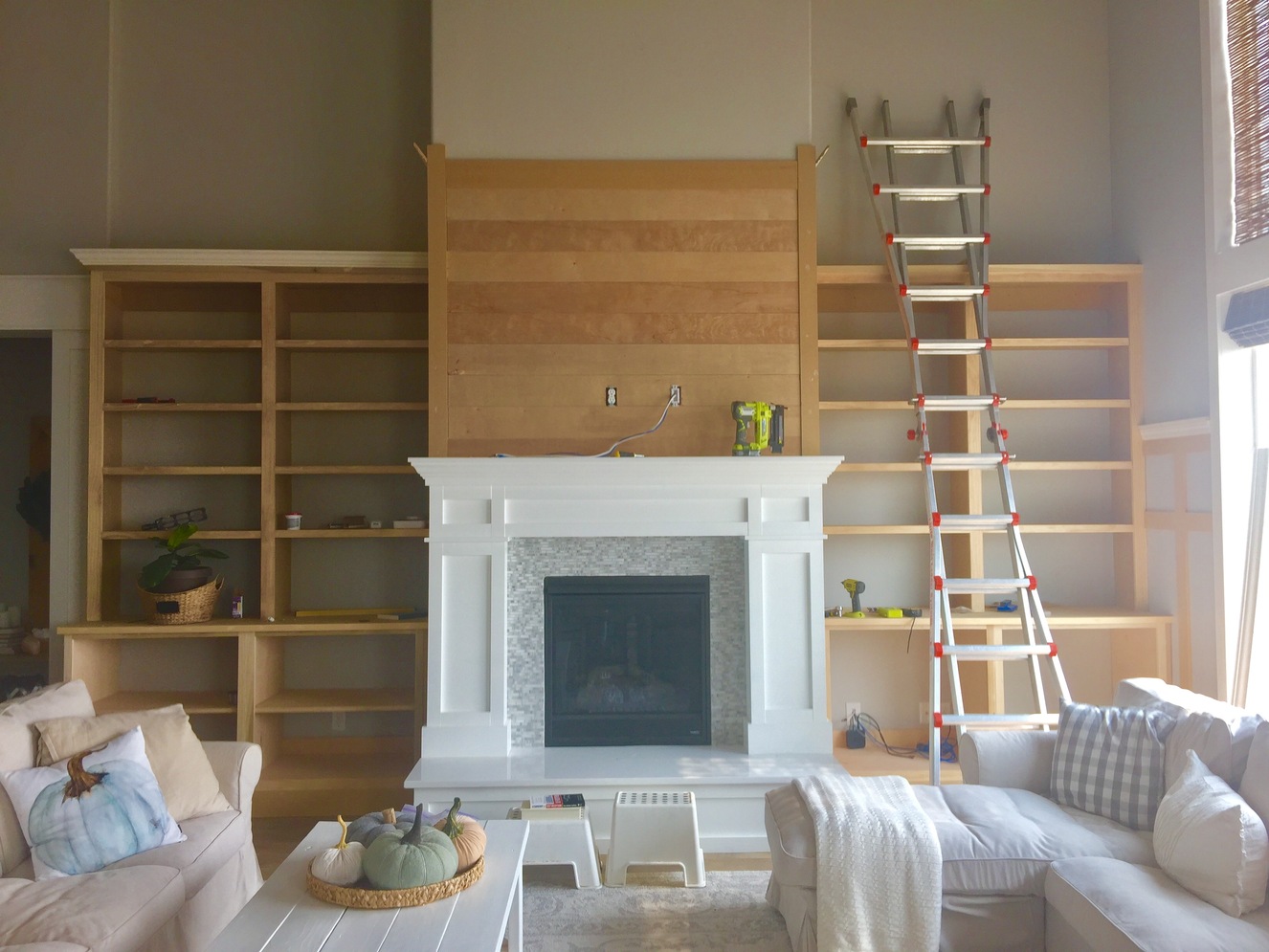
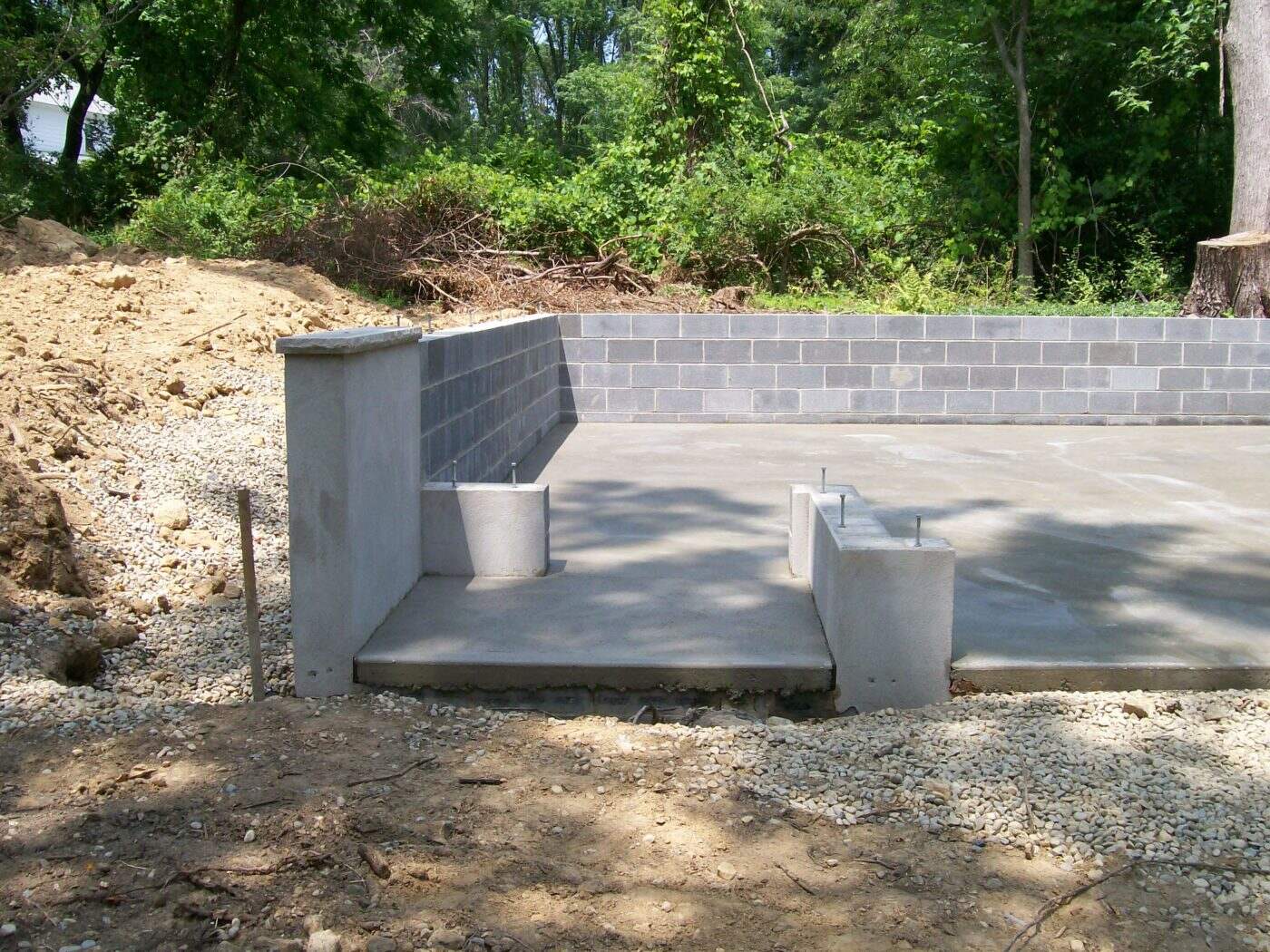
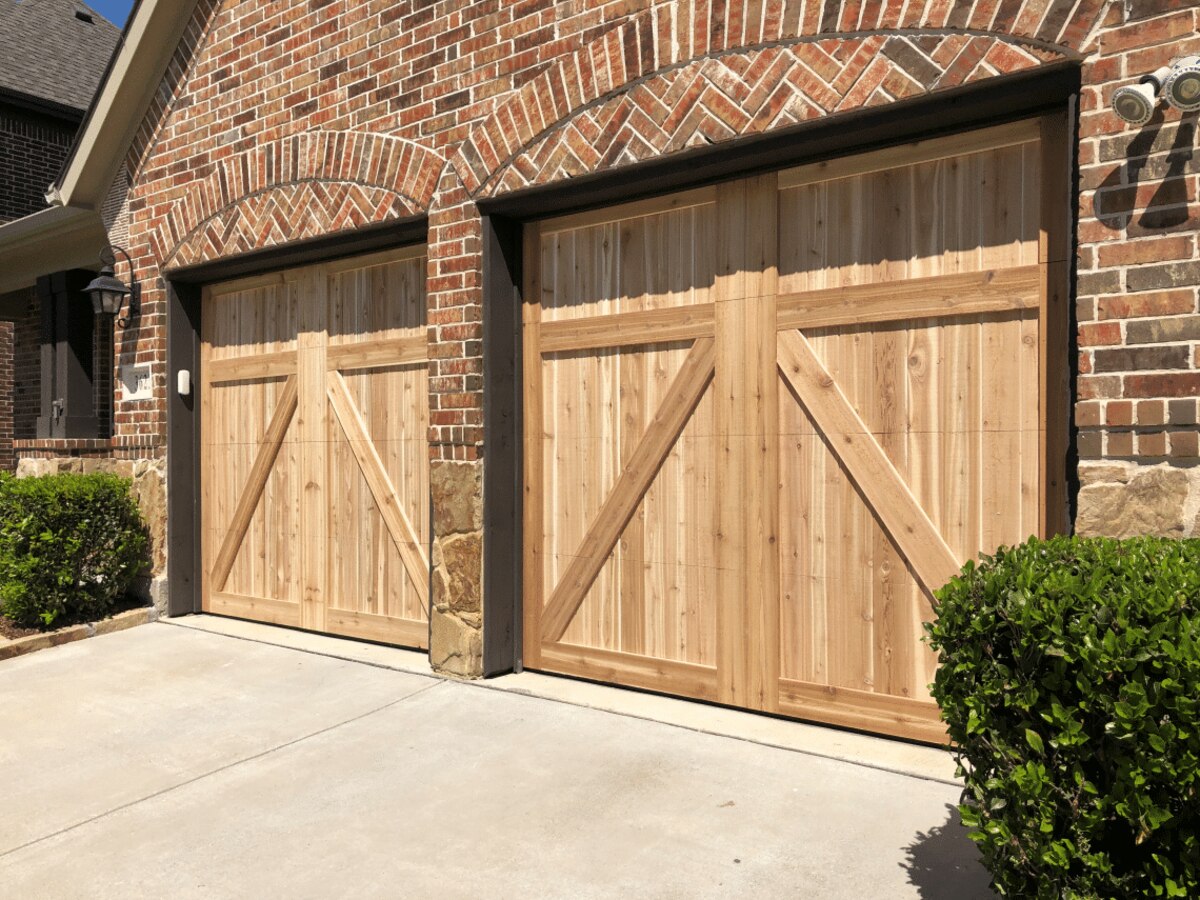
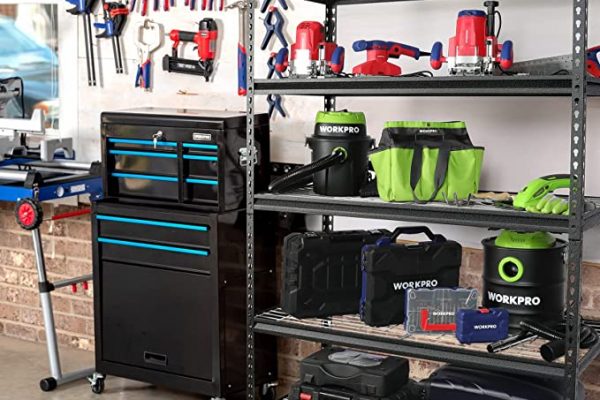
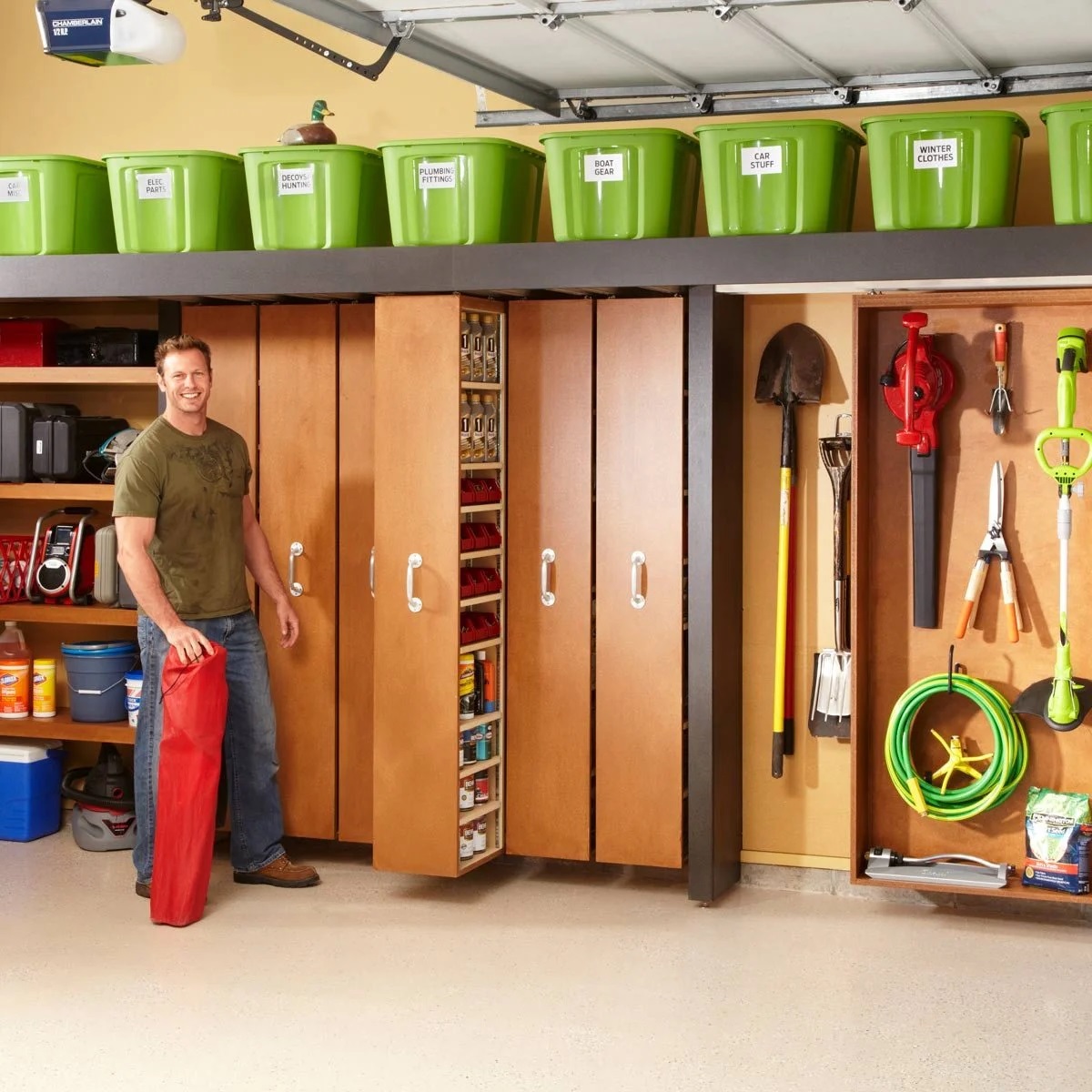
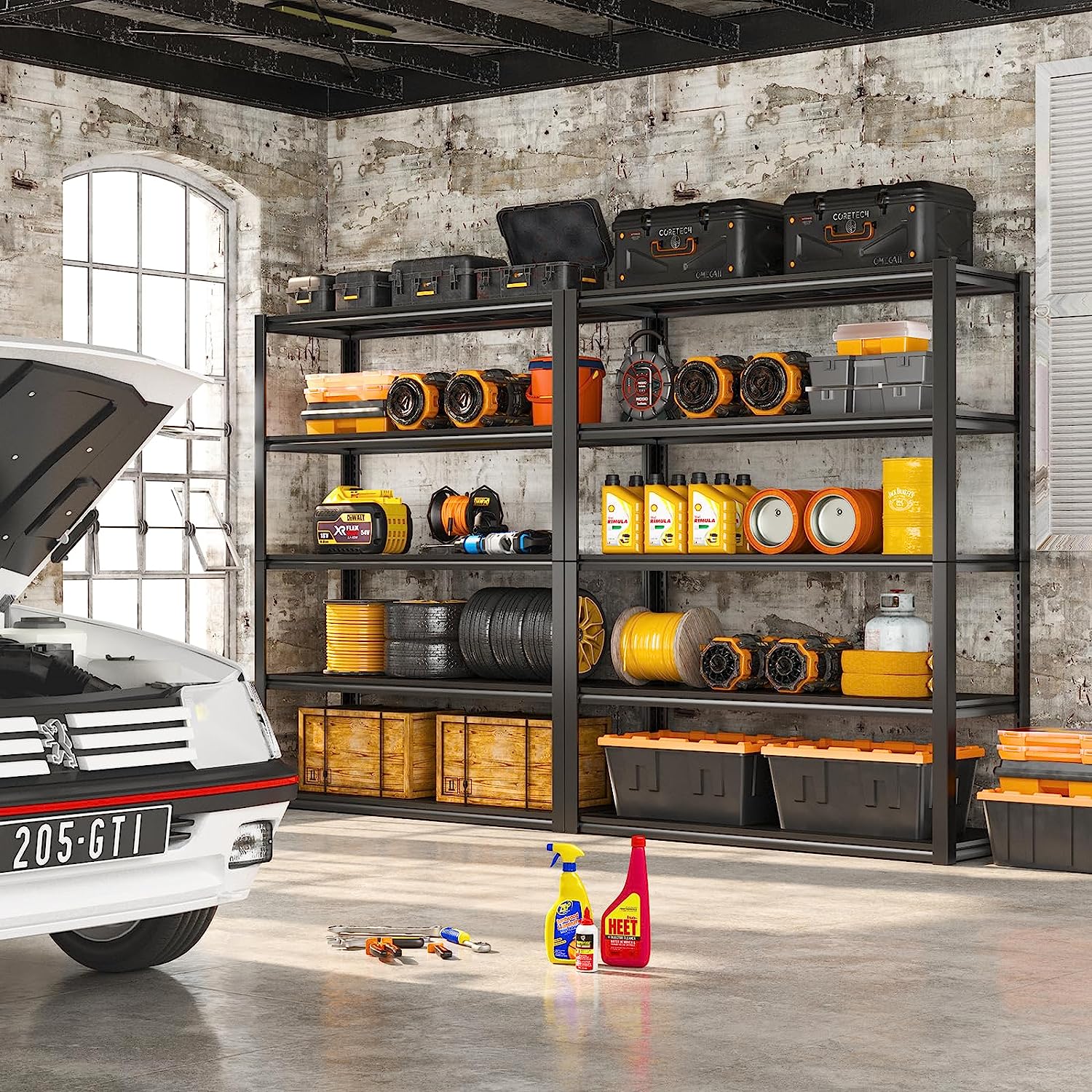

0 thoughts on “How To Build Garage Shelves”